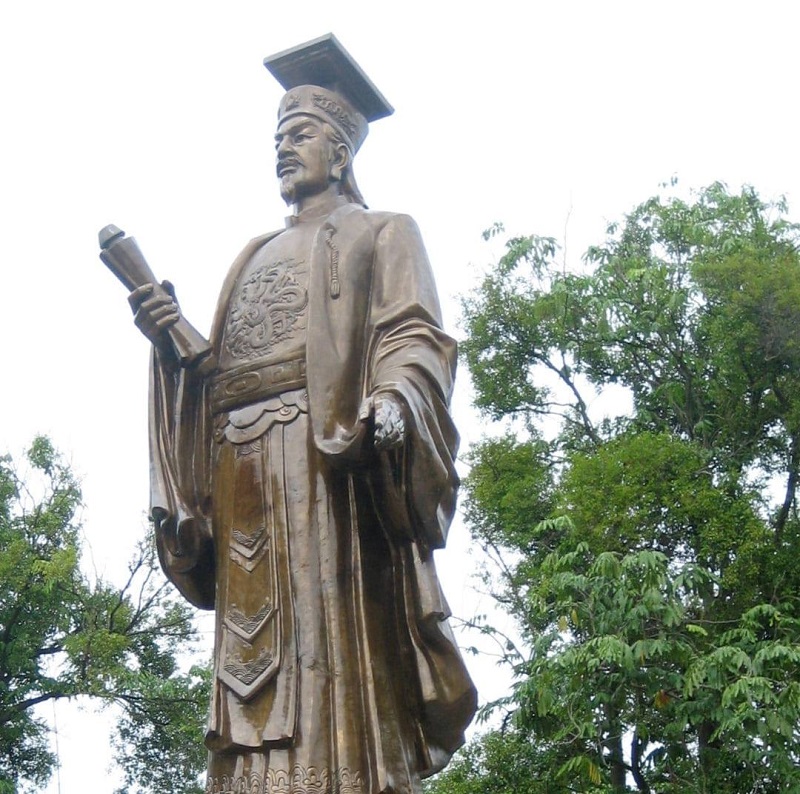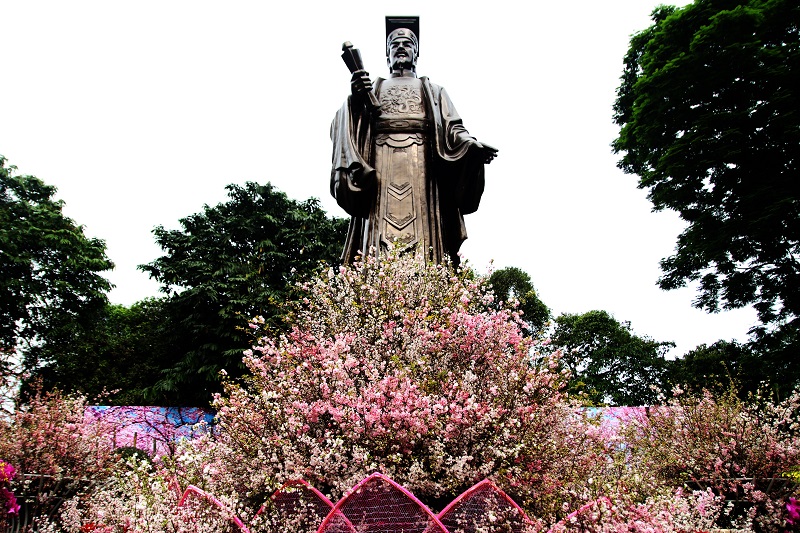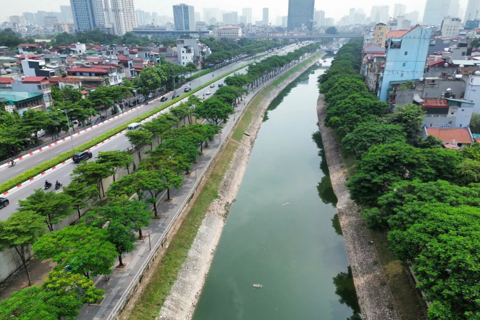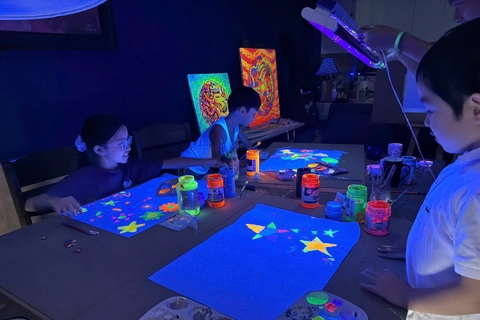King Ly Thai To makes a milestone in the city's history
With the relocation of the capital and a comprehensive reform, Ly Cong Uan (King Ly Thai To) and his descendants succeeded in building a strong nation.
Peaceful ascension to the throne
The kings of the Early Le Dynasty, founded in 980, embarked on effective reforms to stabilize the political and economic situation. However, the decease of king Le Dai Hanh in 1005 led to infighting within the royal family for succeeding him.
In the end, Le Dai Hanh’s fifth son, Le Long Dinh, defeated other princes to claim the crown. However, the brutal struggle that he fought for the throne caused resentment among the people.
| The statute of Ly Cong Uan in Hanoi. Photo: Jenna Duong. |
In 1009 when Le Long Dinh died at the age of 24 and his children were very small, Ly Cong Uan, a talented dignitary was supported by other court officials to ascend to the throne, peacefully seizing power from the Le. It is known as the most peaceful change of dynasty in the country’s history.
From moving the capital to reforming the country
Ly Cong Uan was crowned in the context of a serious political and socio-economic crisis and the threat of invasion from the Chinese Song dynasty. He was determined to end the political crisis that lasted through several reigns and bring stability to his kingdom.
His first decision as king was to move the capital from Hoa Lu (Ninh Binh) to Dai La (Hanoi now). Hoa Lu was chosen by King Dinh Tien Hoang (924-979) as seat of his court to suit the needs of defending the nation in the early days after the civil wars.
It was more appropriate for defense purposes as it is located in a low land surrounded by limestone mountains. However, it was difficult to develop an urban city here as traffic was inconvenient and its location is too distant from the thriving economic centers in the Red River Delta.
In autumn of 1010, King Ly Thai To decided to move the capital of the kingdom to Dai La, mindful that the place had an ideal location as well as many advantages for wet rice farming and traffic thanks to a number of waterways, especially the Red River, promising a long-term prosperous development of a capital and a nation.
| The Ly Thai To Flower Garden in Dinh Tien Hoang street, Hoan Kiem dist., Hanoi. Photo: Ngoc Tu. |
After moving the capital and renaming it Thang Long, Ly Cong Uan ordered to build citadel to protect the city. Since then, Thang Long has become the political, economic and cultural center of the country.
King Ly Thai To also implemented a series of comprehensive reforms. In political terms, Ly Thai To built the regime with the combination of law and virtue. The power of military chiefs was gradually reduced and replaced by the civil mandarins. The power of the lineage in the Ly royal family was also strengthened.
In terms of administration, Ly Thai To divided the country into the districts, wards and smaller levels in towns, creating a comprehensive management of the country.
Economically, Ly Thai To and subsequent Ly kings paid attention to fostering industry and trade, especially in Thang Long with the construction of ports and markets. The king’s efforts were paid off with a thriving economy, creating abundant and strong resources for the country.
In terms of culture, since the reign of Ly Thai To, Thang Long became the largest cultural, artistic and religious center of the country.
The advent of Ly Cong Uan and the Ly Dynasty solved the crisis emanated from the previous dynasties when the state apparatus was not complete. The vision of moving the capital and the reform of Ly Cong Uan opened up a new era for the country and so far, many of lessons drawn from his reforms are valid today.












